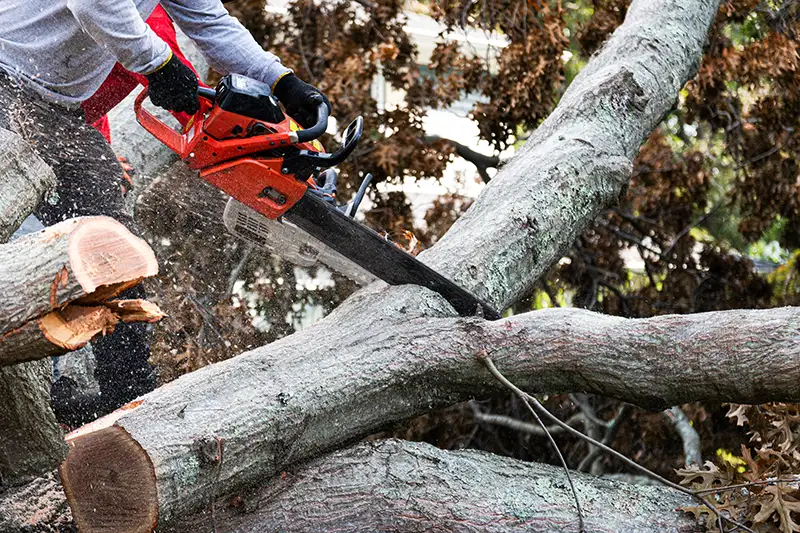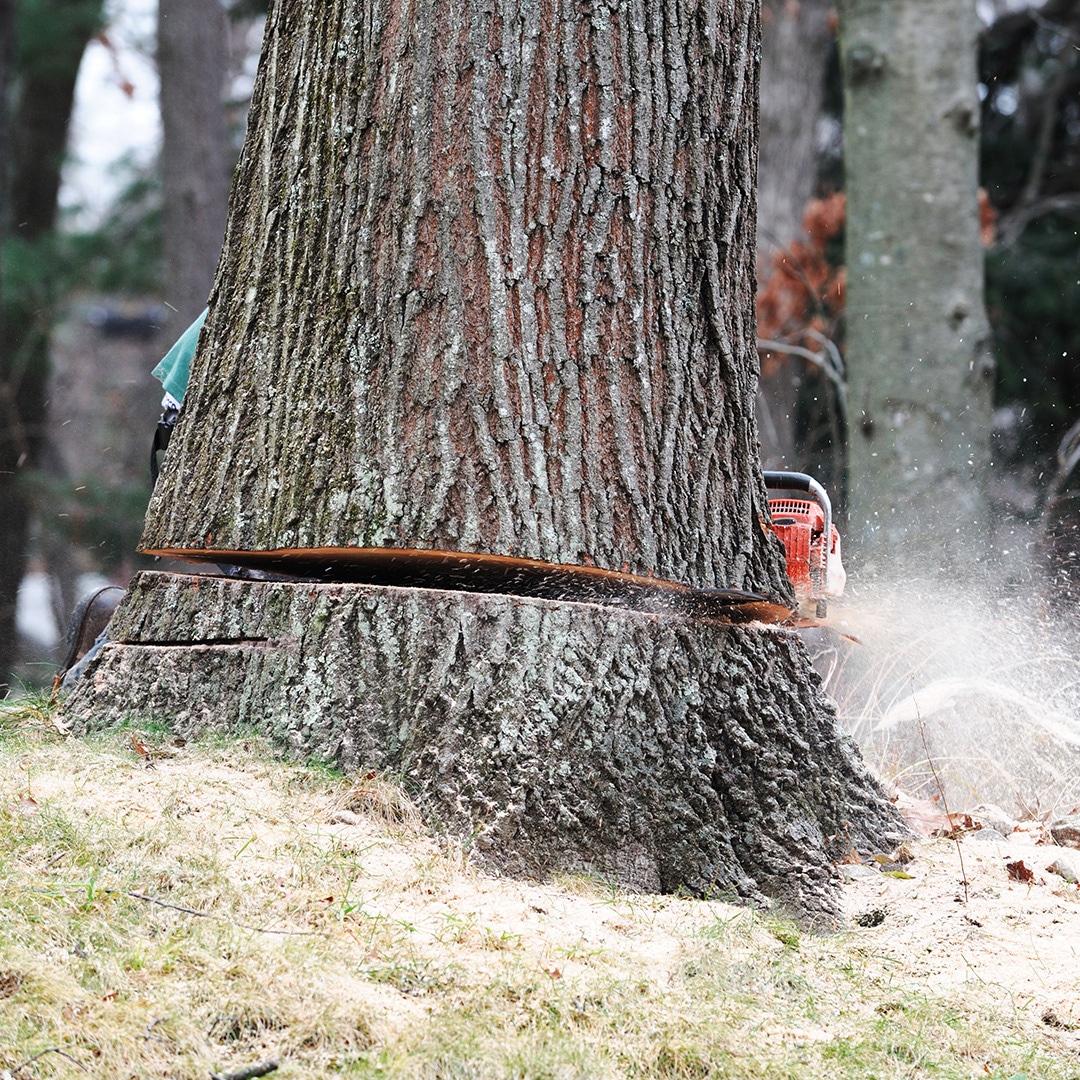Featured
Table of Contents
- – Jamesburg, NJ Tree Removal Exchange Programs: ...
- – Specialized Tree Clearing Costs In Jamesburg, NJ
- – Lowest Tree Service Costs In Jamesburg, NJ
- – How Much Do Jamesburg, NJ Tree Removals Cost
- – Jamesburg, NJ Stump Removal Cost Calculator
- – Best Arborist Rates In Jamesburg, NJ
- – How Much Does An Tree Trimming Cost In Jamesb...
- – Jamesburg, NJ Tree Cutting Cost Guide
- – Jamesburg, NJ Tree Trimming Trade-In Program...
- – DIY Vs. Professional: Stump Removal In James...
- – Jamesburg, NJ Arborist Reviews: Are They Wor...
- – Jamesburg, NJ Tree Cutting Price Breakdown
- – Jamesburg, NJ Arborist Pricing: What To Expect
- – Should You Hire An Tree Service In Jamesburg...
- – Custom Tree Removal Costs In Jamesburg, NJ

The subsections listed below provide more comprehensive information about pricing, including an average variety for each. TypeAverage Elimination CostPineConiferPalmMagnoliaArborvitaeAshCedarSweet GumEucalyptusSycamoreCypressOakMaplePoplar You can anticipate to pay in between to remove a pine, depending on its size. Removing a pine is one of the more inexpensive tasks unless it is one that has been around for several years and is rather big.
Jamesburg, NJ Tree Removal Exchange Programs: Costs
Pines also have a tap root that grows deep into the soil, which can prove to be more difficult to remove. The process itself includes a professional cutting the tree, clearing the base, cutting the surface roots, removing the stump, and finally dealing with the soil. Without an expert hand, you risk leaving pine seedlings behind, which will fall from the roots of distressed pines.
Specialized Tree Clearing Costs In Jamesburg, NJ
The U.S. nationwide average for conifer elimination is roughly to have the conifer reduced, carried away, and the stump ground or gotten rid of entirely. Conifers are usually simpler to eliminate, and despite the fact that they can grow quite high, they do not cost a fortune to get rid of. Conifers consist of pine, spruce, fir, and juniper trees.
Lowest Tree Service Costs In Jamesburg, NJ
While conifers are beautiful, they eliminate native plants and specific kinds of grass. This is since they need a great deal of water and nutrients to make it through, so they leach it off surrounding plants. They also have an expansive network of roots, which can affect your home's structure. The typical price of palm elimination depends on the height as much as the type, varying from.
How Much Do Jamesburg, NJ Tree Removals Cost
That is why it is necessary to understand which type you are getting rid of. While you do not need an herbicide to eliminate a palm tree, there are some actions your removal specialist will have to take to ensure the task is done properly. There are two ways they can eliminate them: by slicing them down or digging them up.
Jamesburg, NJ Stump Removal Cost Calculator
From there, they remove the real tree and then the stump. Anticipate to pay between to eliminate this type of tree, depending on the specific size and information of the task.
Best Arborist Rates In Jamesburg, NJ
There are three types: green, white, and black ash. With its gray-tinged bark, its leaves are green or purple in the spring and golden yellow or purplish-red in the fall.
How Much Does An Tree Trimming Cost In Jamesburg, NJ

The bark is softer, and it blooms later on in the year - tree service. Due to the variation in height, the elimination rate variation is large from. A coniferous, evergreen tree, the cedar is a durable types. True cedars enjoy greater altitudes, mainly in the Himalayas and the Mediterranean. A true cedar can grow as high as 160 feet in height and is often planted in the United States as a landscape alternative.
Jamesburg, NJ Tree Cutting Cost Guide
The growth of incorrect cedars varies from 50 feet up to 230 feet high. With star-shaped leaves and sensational fall colors, the sweet gum is considered a medium to large tree.
Jamesburg, NJ Tree Trimming Trade-In Programs: Costs
Normally, it costs in between to get rid of a eucalyptus. Eucalyptus are not common everywhere, however they are rather large compared to others, which is why even the smaller ones are so expensive to get rid of.
DIY Vs. Professional: Stump Removal In Jamesburg, NJ
There are a handful of methods to do this, including burning, pulling, grinding, or killing them with herbicide. Anticipate to pay in between to eliminate sycamores, based on the height, trunk size, and amount of work involved. Sycamores are among the biggest hardwood trees, generally ranging from 60 to 100 feet high and as broad as 15 feet.
Jamesburg, NJ Arborist Reviews: Are They Worth It
The very first 2 actions will expose the within the tree and cut off the circulation of nutrients up the trunk. From there, a professional applies herbicide to kill the tree and lower the trunk. They will eliminate the stump. Otherwise, new sprouts may grow from it. Lowering and removing a full-grown cypress could cost as much as.
Jamesburg, NJ Tree Cutting Price Breakdown
There are various kinds of Cypress trees, however the most widespread are the Leyland, Arizona, Bald, and Italian. The Bald Cypress grows in swampy or extremely damp locations while the others enjoy a dry, warm, or hot climate (tree clearing). They can grow as high as 80 to 100 feet tall
Jamesburg, NJ Arborist Pricing: What To Expect

Prone to illness, the Cypress is among the most treasured woods for furnishings. The average oak grows to around 60 feet, and depending on the complexity of the elimination, it costs an average of to eliminate. The exact size of your oak and the effort needed to fell it affect what you will in fact spend for removal in addition to any extra services like stump grinding.
Should You Hire An Tree Service In Jamesburg, NJ
Access to the trees and the roots will also affect the general expense. Maples are generally amongst the more expensive trees to eliminate because of their size and the work included in the removal.
Custom Tree Removal Costs In Jamesburg, NJ
Poplars are giants of the types. Growing as high as 90 to 115 feet, these massive timbers are primarily found in The United States and Canada and include the aspen, cottonwood, and balsam trees. Boasting an expansive root system, poplars can be expensive to remove when totally grown. The process to eliminate trees includes all the trimming and cutting of the branches and trunk, bringing it down to a stump.
Table of Contents
- – Jamesburg, NJ Tree Removal Exchange Programs: ...
- – Specialized Tree Clearing Costs In Jamesburg, NJ
- – Lowest Tree Service Costs In Jamesburg, NJ
- – How Much Do Jamesburg, NJ Tree Removals Cost
- – Jamesburg, NJ Stump Removal Cost Calculator
- – Best Arborist Rates In Jamesburg, NJ
- – How Much Does An Tree Trimming Cost In Jamesb...
- – Jamesburg, NJ Tree Cutting Cost Guide
- – Jamesburg, NJ Tree Trimming Trade-In Program...
- – DIY Vs. Professional: Stump Removal In James...
- – Jamesburg, NJ Arborist Reviews: Are They Wor...
- – Jamesburg, NJ Tree Cutting Price Breakdown
- – Jamesburg, NJ Arborist Pricing: What To Expect
- – Should You Hire An Tree Service In Jamesburg...
- – Custom Tree Removal Costs In Jamesburg, NJ
Latest Posts
Lynnwood, WA Stump Grinding Cost Factors
Webster, TX Tree Clearing Payment Terms
Killeen, TX Stump Removal Customer Reviews: Costs
More
Latest Posts
Lynnwood, WA Stump Grinding Cost Factors
Webster, TX Tree Clearing Payment Terms
Killeen, TX Stump Removal Customer Reviews: Costs